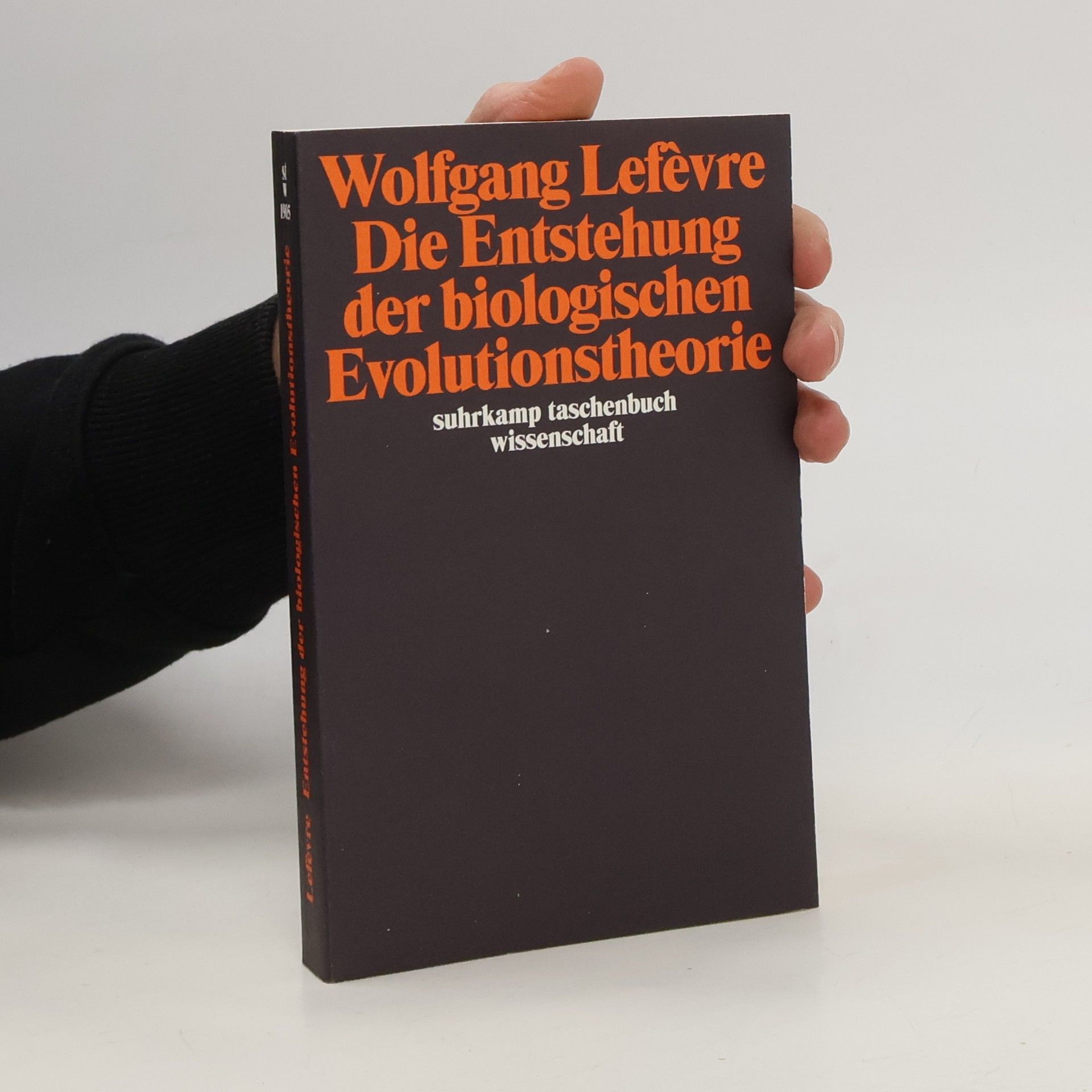Minerva Meets Vulcan: Scientific and Technological Literature 14501750
- 208pagine
- 8 ore di lettura
Focusing on the co-evolution of technological and scientific literature between 1450 and 1750, this book explores six key fields: Architecture, Chemistry, Gunnery, Mechanical Engineering, Mining, and Practical Mathematics. It delves into the relationships and interactions between these areas of advanced knowledge and learned literature, emphasizing the role of technological texts in shaping understanding during the early modern period. The study provides insights into how these disciplines influenced one another and contributed to the broader intellectual landscape of the era.


